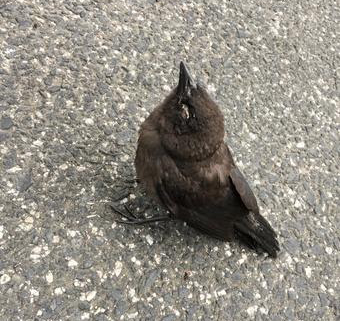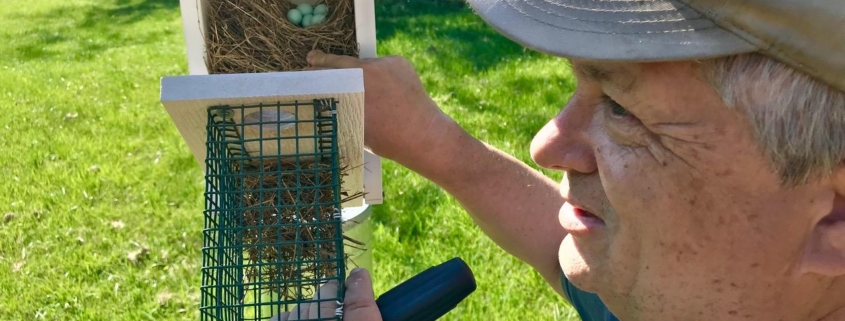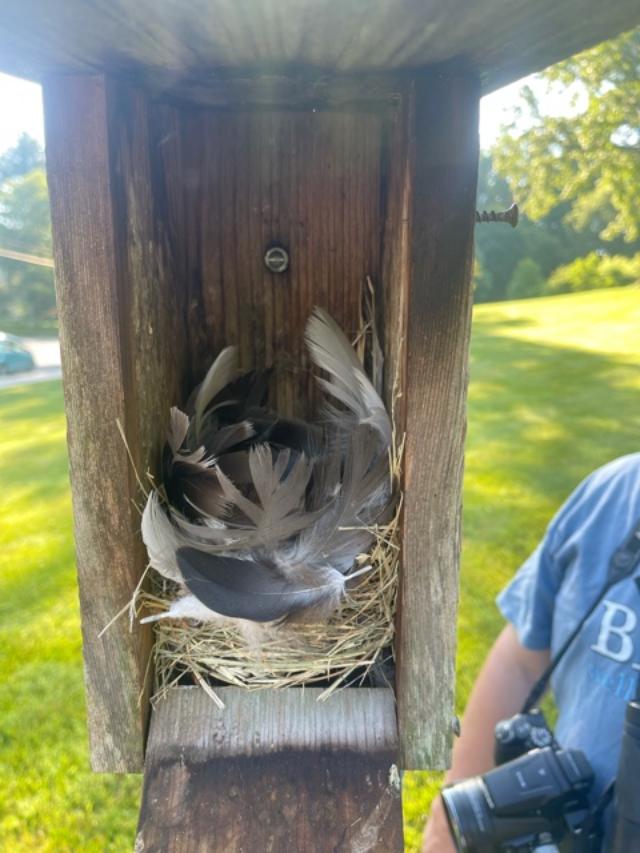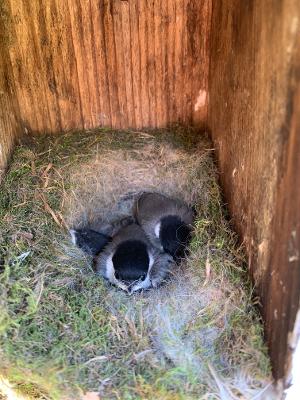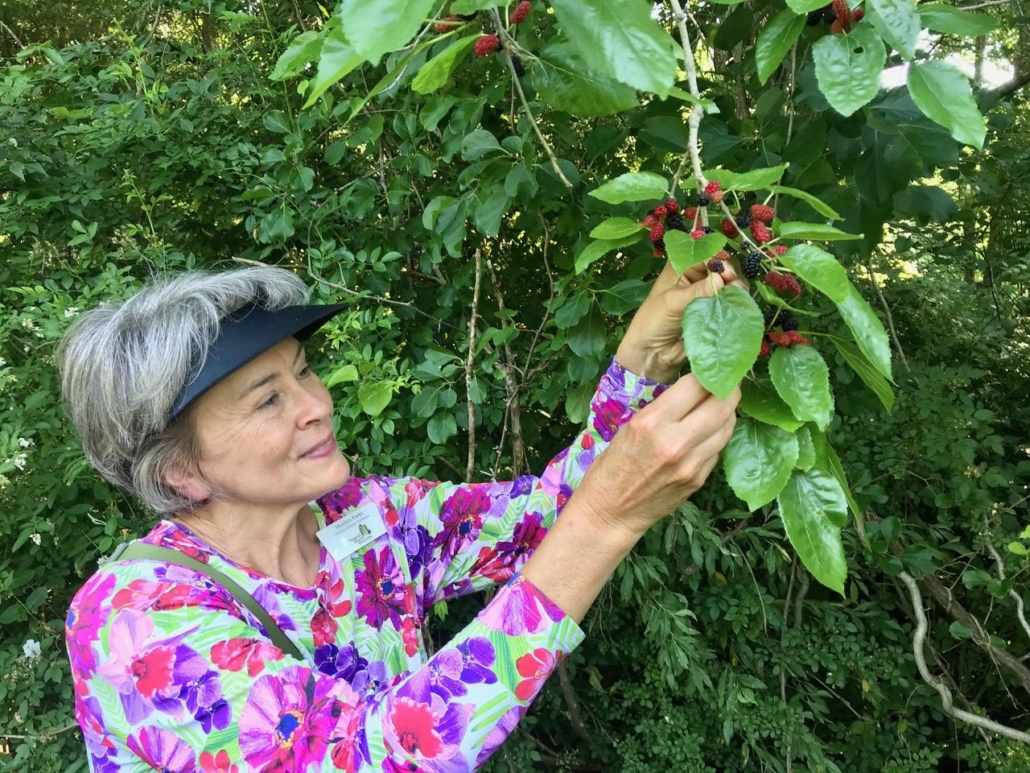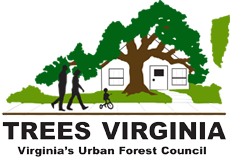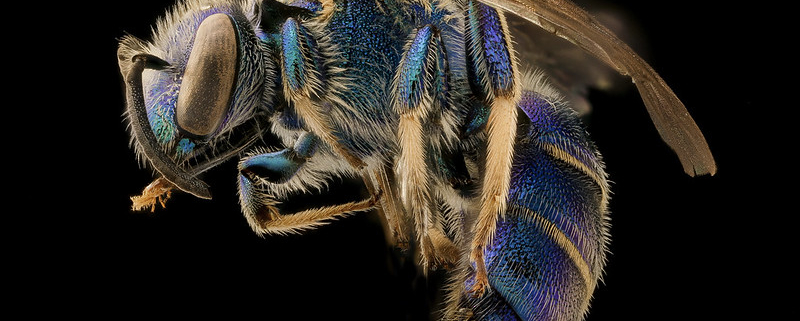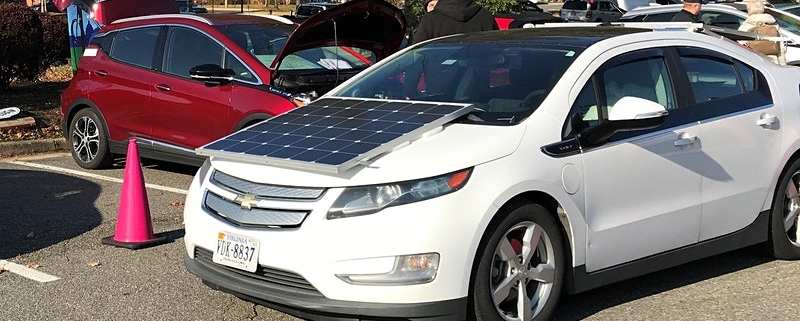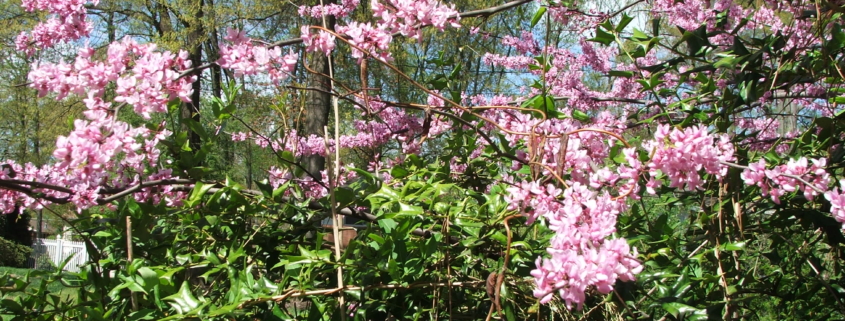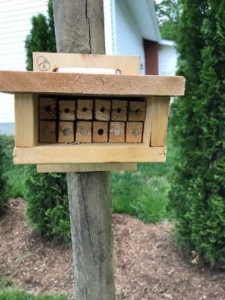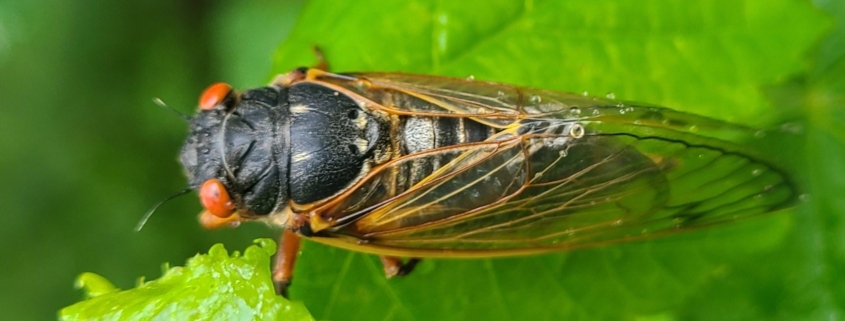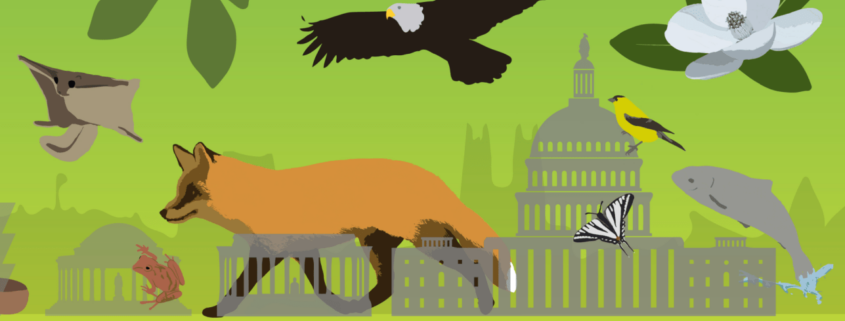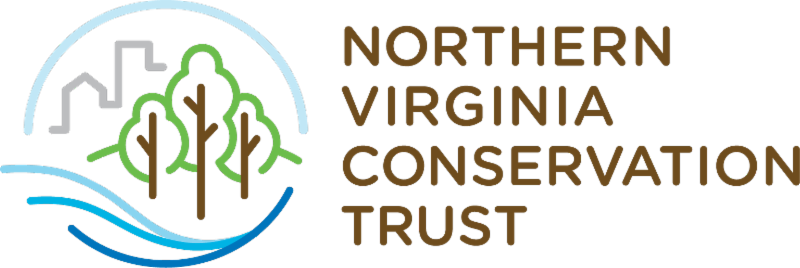ACTION ALERT: Help Prevent the Possible Spread of Avian Disease
Reprinted with permission of Audubon Society of Northern Virginia; photo by Leslie Frattaroli, NPS
Clean and take down your feeders and bird baths until further notice!
As hard as it is for bird watchers to take their feeders down, there is now a critical reason to do so. Recent unexplained bird deaths in our region prompted organizations such as the U.S. Geological Survey and the Virginia Department of Wildlife Resources to recommend that citizens remove their feeders and bird baths until the cause of the mortality is determined.
If you do find a sick or dead bird, please report it to the VA Department of Wildlife Resources here.
For more specific information about avian deaths and how to possibly prevent them, read below.
From U.S. Geological Survey
Release Date: JUNE 9, 2021
In late May, wildlife managers in Washington D.C., Virginia, Maryland and West Virginia began receiving reports of sick and dying birds with eye swelling and crusty discharge, as well as neurological signs. No definitive cause of death is identified at this time.
This bird (pictured above) was found in the Washington, D.C. metro region with swollen eyes and crusty discharge, a sign observed on most birds affected by a May/June 2021 mortality event in the area.
The District of Columbia Department of Energy and Environment, Maryland Department of Natural Resources, West Virginia Division of Natural Resources, Virginia Department of Wildlife Resources and National Park Service are continuing to work with diagnostic laboratories to investigate the cause of mortality. Those laboratories include the USGS National Wildlife Health Center, the University of Georgia Southeastern Cooperative Wildlife Disease Study and the University of Pennsylvania Wildlife Futures Program.
Birds congregating at feeders and baths can transmit disease to one another. Therefore, the state and District agencies recommend that the public in the outbreak area:
Cease feeding birds until this wildlife mortality event has concluded;
Clean feeders and bird baths with a 10% bleach solution;
Avoid handling birds, but wear disposable gloves if handling is necessary; and
Keep pets away from sick or dead birds as a standard precaution.
If you encounter sick or dead birds, please contact your state or District wildlife conservation agency. If you must remove dead birds, place them in a sealable plastic bag to dispose with household trash. Additional information will be shared as diagnostic results are received.
Read previous information from VA Department of Wildlife Resources here.


